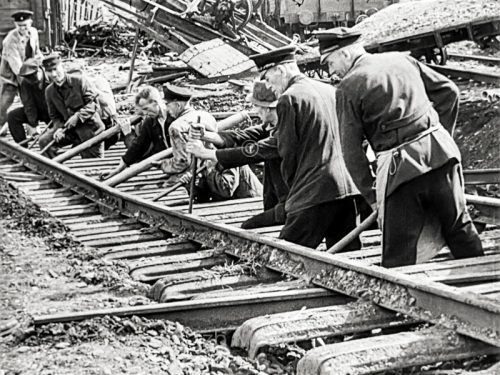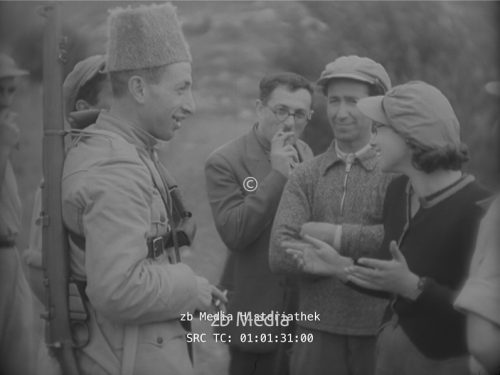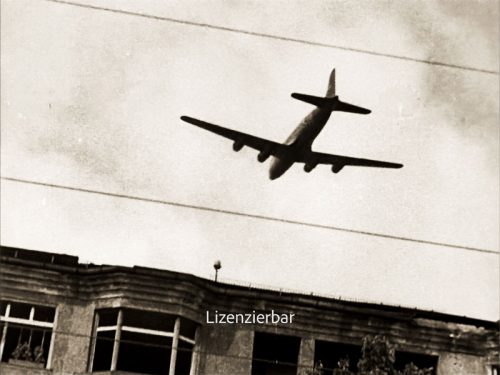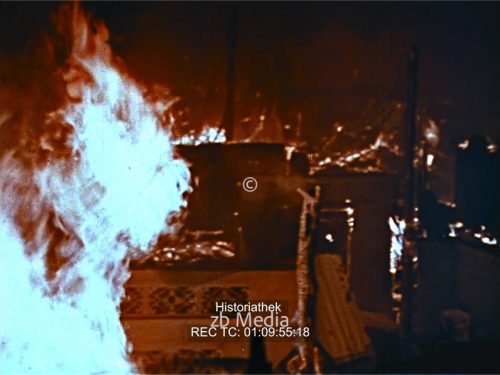Historical context
The film features the US officer Harry Anderson and the art dealer Walter Andreas Hofer.
Hofer played an important role in connection with Hermann Göring’s art theft during and after the Second World War. Hofer was Göring’s most important art agent, responsible for the acquisition and management of Göring’s extensive and illegal art collection. He had considerable freedom and resources, travelling throughout Europe to acquire valuable works of art, often competing with other Nazi officials. Hofer managed to secure a large number of artworks stolen mainly from Jewish owners for Göring, making him a central figure in the Nazi looting operations (Wikipedia) (Mémoires de Guerre).
As the war drew to a close, Göring ordered his collection to be moved from Carinhall to Berchtesgaden, fearing that it might be captured by the advancing Allies. The artworks were transported in special trains and hidden in tunnels and air raid shelters around Berchtesgaden. Hofer stayed in Berchtesgaden to oversee the protection of the artworks.
Captain Harry Anderson, an officer in the US Army, was involved in documenting and securing Göring’s collection when the Allies arrived in Berchtesgaden. Anderson drew up an inventory of the looted artworks, which later helped with the restitution.
In the post-war period, Hofer was briefly arrested and interrogated by the Allies. Although he was sentenced in absentia by a French military tribunal, he never served his sentence and continued his career as an art dealer in Munich until his death.





